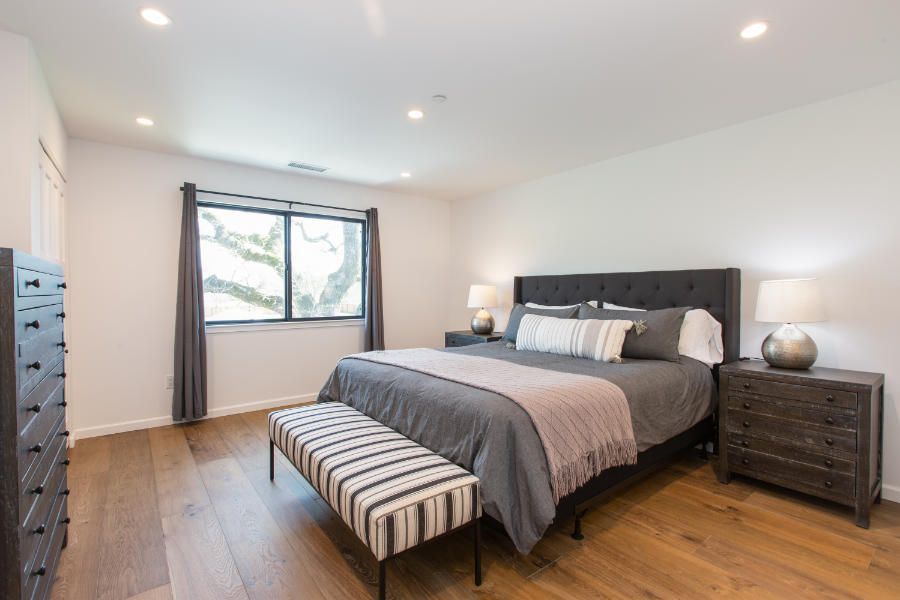5 Reasons To Build an ADU on Your Rental Property

An accessory dwelling unit (ADU) can be a great asset in developing your real estate portfolio or learning about the real estate industry. However, only a few people take advantage of ADUs' benefits. Not only are they a great source of passive income, but they’re also a great resource for individuals trying to get into the real estate industry without investing in a new rental property.
Below are five reasons you should consider building an ADU on your rental property.
Reason #1 Improved Property Value
An ADU can be seen as a safe investment. Building an ADU is seen as a reliable long-term investment. An ADU increases the living space of a property, and more living space means an increase in potential value. The potential increase to your property may vary based on the original size of the property, as well as the neighborhood. However, typically, people may see an increase in roughly 20% to 30% of the property’s value.
It's not only seen as a way to add value to your existing property, but an adu also has several versatile uses. They are often called a “granny flat” because they have been used to allow friends and family to live with you. However, if this isn't the case, you can always list your ADU as a long-term rental.
Reason #2 Rental Income
Nowadays it's not uncommon for ADUs to be used as an additional rental income or a way to enter the real estate industry. This can provide you with a steady flow of income every month. When trying to see how much you can charge for rent for an ADU, you need to keep a few things in mind. While ADUs typically stand-alone and don't share walls, they are often priced like apartments. An excellent way to keep the rent competitive is to investigate how much apartments in or near your neighborhood go for. This can take some time to get right, though ensuring a competitive price is worth it as it keeps vacancies low.
Reason #3 Using Unused Space
If the property you purchased happens to be in a large lot, why not take advantage of the space to build an ADU? In Long Beach, CA, the lot of your property needs to be a minimum of 5,200 square feet. The ADU itself can be 50% of the gross floor area of the primary dwelling or 800 square feet, whichever is less. An 800-square-foot ADU can accommodate a two-bedroom bathroom configuration. You can add features such as a private outdoor space and porch based on the rest of your property size.
Reason #4 Adaptability
An ADU is far more versatile than just a second house on your property. While you can build it and allow friends or family to live nearby, an ADU can also be built by converting a detached garage to save money on the build. Most people assume that the ADU gets listed and rented out. However, if the primary dwelling is significantly bigger than the ADU and you don't need that much space, why not live in the ADU and rent out the primary dwelling?
This is where the adaptability of an ADU comes in. You can live in either residence while the other gets rented. Alternatively, if you purchase another home, you now have the option for two different sources of income. Finally, if you choose to live in the ADU, the main dwelling can be listed as a short-term rental on apps like Airbnb since ADUs don't qualify as short-term rentals in Long Beach.
Reason #5 Offset Living Expenses
Although building an 800-square-foot ADU can cost between $100,000.00 and $200,000.00 depending on the size if you're converting a garage and the configuration of the ADU, that being said, investing in an ADU can pay for itself in the long run. On average, the potential rental income you receive from the ADU is around $2,000, assuming it's a configuration with 800 square feet of living space. If you choose to live in the ADU and rent the main home, you can collect more rent. This is common for people looking to downsize after their kids move out or go to college.
An ADU is an excellent option for anyone looking for additional income. If you have an ADU you need help managing or are looking to
collect rent online, we invite you to call us today at (562) 888-0247 or fill out our
Owner Application online.





